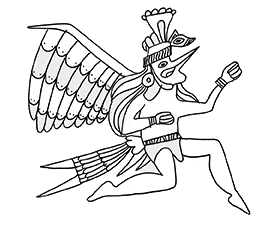About Yambrasbamba
Within the Alto Mayo protected forest lies Yambrasbamba.
Alto Mayo, which spans the border between the San Martin and Amazonas departments of Northern Peru, is home to a huge cross-section of native Peruvian wildlife as well as some of the country’s last undiscovered coffee.
The Alto Mayo Protected Forest protects the hydrographic basins, the wooded vegetation, the wildlife and the landscapes of the area. It’s altitude ranges from 800 m.a.s.l. – 3400 m.a.s.l.
It is unique in its cloud forests and also is home to two indigenous tribes in the area: the Aguarunas and the Awajun.
This forest is characterized by having several caves, lagoons, waterfalls and being home to many Amazon river tributaries. The longest of these is the Mayo river (it is due to this river that the forest receives its name) the river has a length of 307 km.
The area of Yambrasbamba has a very special climate, with crisp cold nights and temperate days that are ideal for coffee production, as well as an abundance of old Typica and Caturra varities-working with the microclimate to produce a beautiful cup.
In Yambrasbamba, the harvest season begins in July and ends in October. The soil is replenished with Bokashi style fertilizer and prepared with food waste, coffee pulp, sugarcane stalks, microorganisms from fertile soils, and guano from the islands. After depulping, cherry is transferred into wooden basins to ferment on the same day. Once fermentation is completed, parchment is washed with clean water, then placed onto raised beds under a roofed structure with transparent sheeting.
In this area coffee production coexists in total balance with the preservation of the ecosystem. The natural result is a sustainable and excellent quality coffee.



